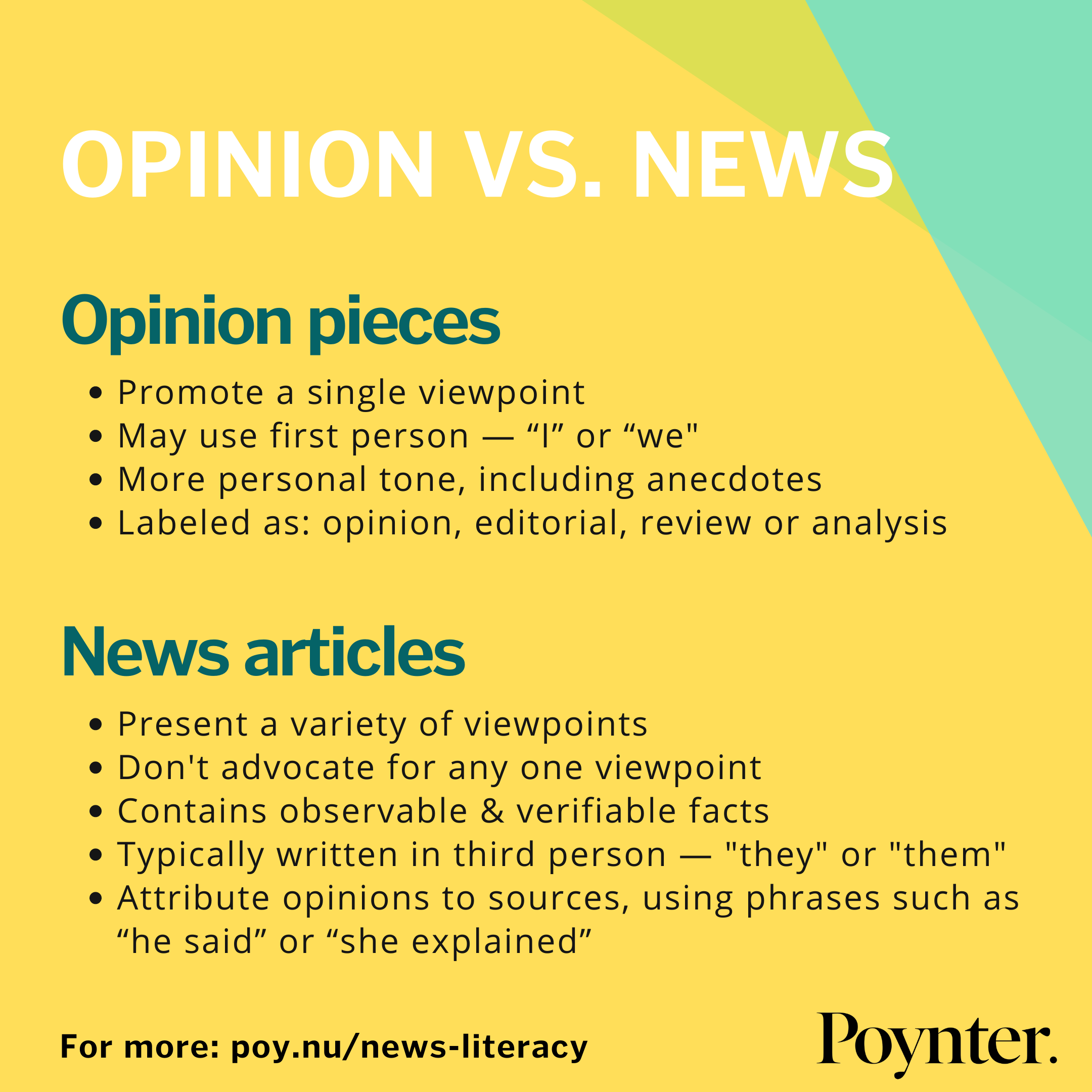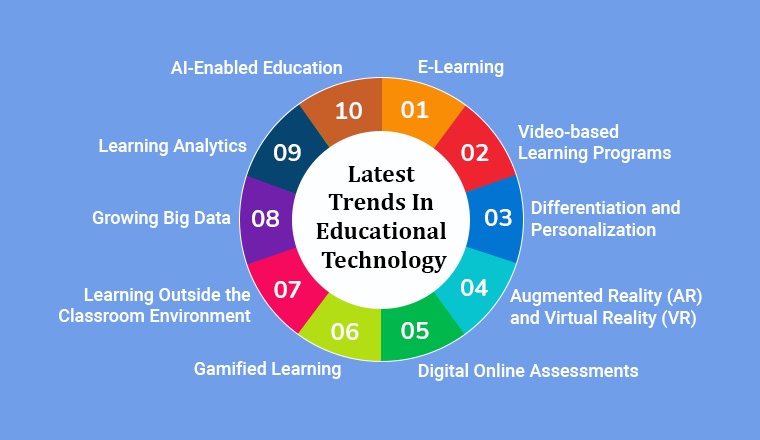Title: Exploring the Landscape of Opinion and Editorial News: A Comprehensive Overview
Introduction:
In this digital era, accessing news and staying informed has become easier than ever. However, distinguishing between objective news reporting and opinionated editorials can sometimes be a challenge. In this blog post, we will explore the landscape of opinion and editorial news, shedding light on their differences, benefits, and potential pitfalls. Let’s dive in!
1. Understanding Opinion and Editorial News:
Opinion and editorial (Op-Ed) news articles differ from traditional news reporting as they involve subjective analysis, interpretation, and personal viewpoints of authors. These pieces express opinions on various topics, ranging from politics and current events to lifestyle and entertainment. Recognizing these articles allows readers to evaluate information through different perspectives.
2. Benefits of Opinion and Editorial News:
a) Diverse Perspectives: Opinion and editorial news offer a diverse range of viewpoints, enriching readers’ understanding of a subject by presenting different angles on an issue.
b) Engaging and Thought-Provoking Content: Op-Ed articles often present arguments and thought-provoking analysis that inspire readers to reflect on their own beliefs and engage in healthy intellectual discussions.
c) Insights from Experts: Well-written opinion pieces often come from experts in a particular field, providing unique insights derived from their knowledge and experience.
3. Pitfalls and Challenges:
a) Bias and Agenda: Opinions presented in these articles may reflect the bias or agenda of the author or the media outlet. Being aware of possible biases is crucial to avoid being misled or influenced by subjective perspectives disguised as facts.
b) Lack of Objectivity: Unlike traditional news reporting that attempts to present facts objectively, opinion pieces favor subjective analysis, which may not always align with widely accepted information.
c) Misinterpretation: In some cases, readers may mistake opinion articles for factual news, leading to misconceptions or spreading of misinformation.
4. Evaluating and Verifying Opinion and Editorial Sources:
a) Assess Author’s Expertise: Investigate the author’s background, credentials, and experience to gauge their expertise and determine the reliability of their opinions.
b) Cross-Reference Different Sources: Consult multiple reputable sources to compare viewpoints and gain a holistic understanding of the topic.
c) Fact-Check Claims and Supporting Evidence: Verify facts, statistics, and supporting evidence provided within the article to ensure accuracy.
5. Trusted Sources for Opinion and Editorial News:
When seeking reliable opinion and editorial news sources, consider well-established outlets known for quality journalism, such as reputable newspapers, magazines, and recognized online platforms. Examples may include The New York Times, The Guardian, The Washington Post, The Atlantic, and similar renowned publications.
Conclusion:
Opinion and editorial news play a valuable role in promoting critical thinking and exposing readers to diverse perspectives. By being aware of their distinct nature, understanding their benefits, and adopting a cautious approach, readers can make informed judgments and consume such content responsibly. Remember to critically evaluate sources, fact-check information, and continuously seek knowledge from trusted and reputable outlets. Stay informed, stay critical!
(Note to readers: OpenAI’s ChatGPT model doesn’t browse the internet and cannot make real-time evaluations of current news sources. Please employ your own judgment and research sources to ensure up-to-date reliability.)











